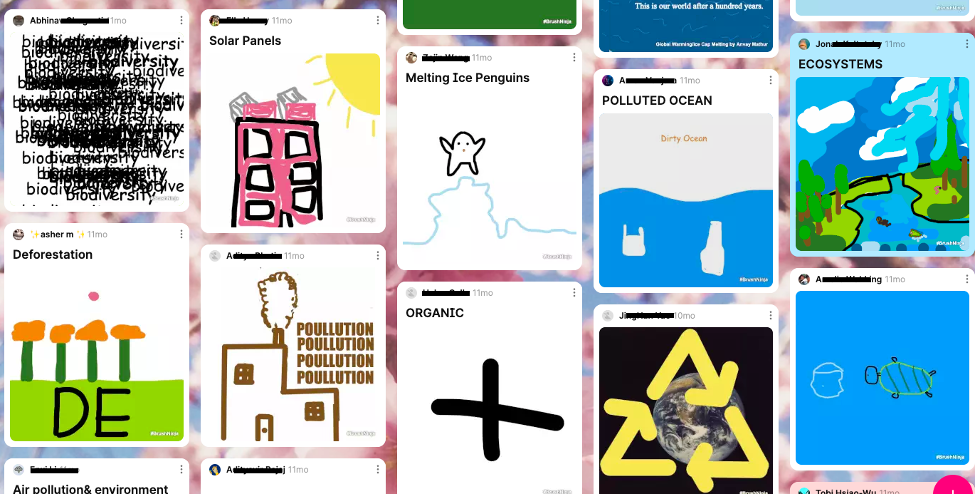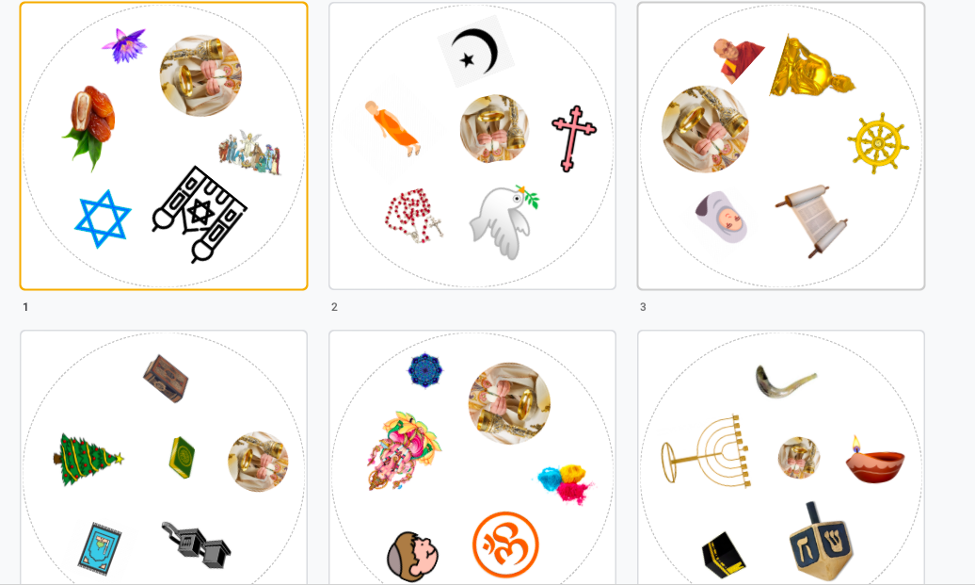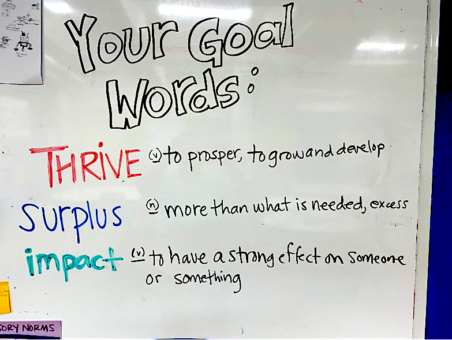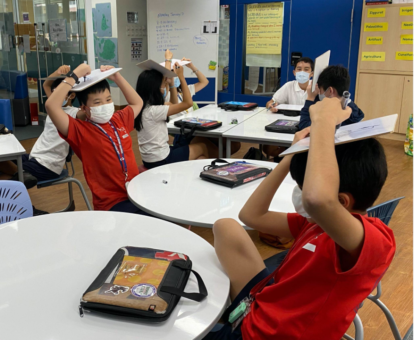Low Prep and No Prep Vocabulary Activities
A MiddleWeb Blog
 Megan Kelly is a middle grades History/ELA teacher in Singapore.
Megan Kelly is a middle grades History/ELA teacher in Singapore.
Recently I’ve had a few Grade 6 students ask me to define words I took for granted they would know by the beginning of middle school.
This soon had me reflecting on my teaching practice. Why should they know these words if I’m not being intentional about teaching them?
This sent me down a rabbit hole of research, which led me to Marilee Sprenger’s popular 2014 MiddleWeb article, “The 10-Minute Vocabulary Lesson.”
Sprenger’s ideas inspired me to come up with my own ways to add more vocabulary instruction into small pockets of class time (in my case, social studies). I’ve arranged my methods from those that require the least to the most advance preparation time.
Focus Words
The first activity takes no preparation: just decide on three words that you want students to focus on during the class period. Post the words and their definitions prominently, and review at the beginning of class. Ask the students to set a goal with a partner for how many times they will use the words. Then, really ham it up with the word usage.
While the students played a board game about creating a civilization, I chose the Tier 2 words thrive, surplus, and impact, two of which students had asked me to define for them earlier in the week. I used the words a ton in my directions and made a big deal whenever I heard a student say one of our goal words.
Everyone wants to be in on the fun, so each time I praised someone for using the word, there was an increase in others using them too.
I was curious about how many times students need to use a word to truly “own” it, and found a wide range of answers in my research – between six and 30! Whatever the true number is, making sure that you repeat the words in future classes will help cement their understanding.
Even better, ask the other teachers on your team to sprinkle the words into their classes over the course of the week to see who makes the connection.
Draw It Out
Drawing to help remember vocabulary words is nothing new, so how can we make it a more memorable activity for students? Drawing in a different way increases the novelty and makes it more likely that students will remember the word.
According to an article about novelty in Brain World Magazine, the pleasure centers of human brains are activated when they encounter something new. The following activities should provide the dopamine rush that helps keep the new vocabulary at the front of students’ minds.
For the first activity, each student will need a whiteboard and marker (above). Ask the students to balance the whiteboard on their head and then draw the vocabulary word in a set amount of time (40-50 seconds keeps the game moving).
Once finished, they should explain their drawing to a partner. Seeing someone else’s interpretation and explanation keeps it fresh. This is a great activity for Tier 3 words; it’s fascinating to see how students interpret things like desertification or Hammurabi’s Code.

For this activity, the more detailed the image, the better. This is the time for them to attempt to draw a ziggurat or a cell wall in biology. As always, they should explain their drawings to a partner.
Another drawing activity is to partner students so one is facing away from the projector. The student facing the board has to describe what is projected to the other student, who draws the image without looking. The discussion (or argument!) that follows helps make the word stick.
Take It Digital
Once students have a vocabulary list, a fun way to review is to use brush.ninja to create an animated GIF about the definition. It’s very easy to create a simple GIF (from Richard Byrne), but motivated students can make them complex and impressive.

This activity works best when students can work on their GIFs throughout the week whenever they have a spare moment. Completed GIFs can be easily uploaded to a Padlet.
I always display the day’s agenda at the start of class and include a student’s vocabulary GIF on the slide so that other classes can see some of their impressive work.
Vocabulary Spot It
Spot It is a fun game that children as young as four can play, but with complex math behind it and the potential for great vocabulary study. There is some preparation involved in this activity, but it’s manageable and worthwhile.
In a game of Spot It, round cards have a variety of images on them, but only two images will be the same on any two cards. There are many ways to play, but the most basic is to be the first to spot the image in common.

I created the cards using a Google Script that only required me to upload images to a Google Drive folder, which was then populated into a slide deck with the cards. I printed enough cards for the class and made a key with the vocabulary word for each image.
My game was for our unit on world religions, so I wanted to be sure that students were using the correct terms for the many artifacts and items we discussed. To create cards with 6 images on them, I needed to upload symbols of 31 objects. The next level up would be to upload 57 symbols for cards with 8 images on them – too many words for my unit.
We played the game in small groups, where each student started with the vocabulary key and a few cards and the rest were stacked in the middle. The first to identify and correctly use the vocabulary term for the common image between the top card in the center stack and their own card got to add the top card to their pile. The player with the most cards at the end was the winner. This is a game that the whole class can play at the same time or early finishers can play in a small group.
Small-pocket vocabulary fun
By finding ways to incorporate vocabulary into small pockets of time in class, my students gain more exposure to the words they need to be academically successful. Or, to use my recent goal words for my social studies class, my students’ education will be impacted because the surplus of vocabulary they encounter will help them thrive.
For more vocabulary teaching ideas,
see our collection of articles here:
All the Vocabulary Help You’re Likely to Need































